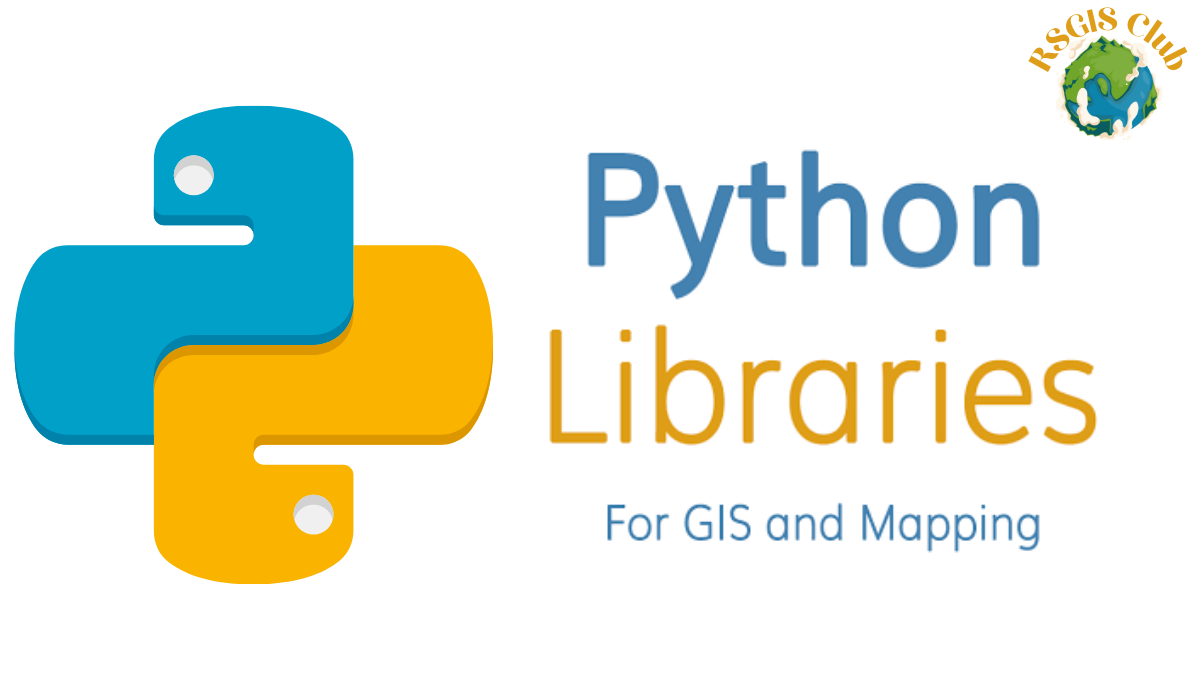Python is a high-level programming language widely used in Geographic Information Systems (GIS) due to its versatility and ease of use. It is an open-source language with a large and active community that has developed numerous GIS libraries and tools, making it a popular choice among GIS professionals.
GIS is the analysis and visualization of spatial data, including data from satellite imagery, GPS systems, and other sources. Python is used in GIS to automate data processing, create custom scripts and tools, and perform advanced spatial analysis.
Python has several libraries specifically designed for GIS, including:
- GeoPandas: a library for working with geospatial data that builds on the popular Pandas library.
- Fiona: a Python wrapper for the OGR library, which provides read and write access to many popular GIS file formats.
- Shapely: a library for working with geometric objects, such as points, lines, and polygons.
- PyProj: a library for performing coordinate system transformations.
- GDAL: a library for reading, writing, and manipulating raster and vector geospatial data.
Python can also be used with popular GIS software such as QGIS and ArcGIS, providing even greater functionality and automation possibilities.
In addition to the libraries mentioned above, there are other popular Python GIS libraries such as Cartopy, which is a library for creating maps and visualizations, and PySAL, which provides spatial analysis tools for exploring and understanding spatial data patterns.
One of the main advantages of using Python in GIS is the ability to automate repetitive tasks. This can include batch processing of large datasets, automating geoprocessing workflows, and creating custom tools and scripts to streamline GIS workflows.
Python also allows for greater customization and flexibility in GIS analysis. With Python, GIS analysts can write their own functions and tools to perform specific tasks, which can be especially useful when dealing with unique or complex datasets.
Finally, Python is a popular language for data science and machine learning, and it is increasingly being used in GIS for these purposes. Python libraries like Scikit-Learn and TensorFlow can be used for machine learning tasks such as classification and regression analysis, and Pandas and NumPy can be used for data analysis and manipulation.
Overall, Python is a versatile and powerful language that has become an integral part of modern GIS workflows. Whether it’s automating tasks, performing advanced spatial analysis, or using machine learning algorithms to analyze spatial data, Python is a valuable tool for GIS professionals looking to improve their workflows and gain deeper insights into their data.

